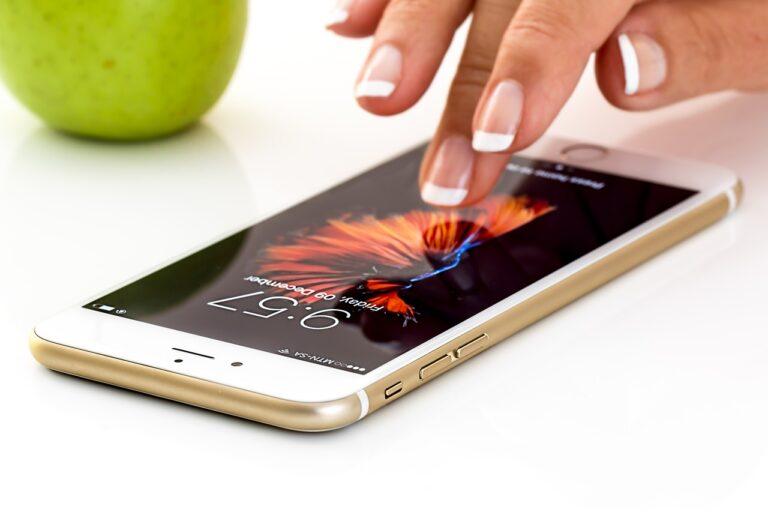Apple’s upcoming credit card, Apple Card, which is being launched in partnership with Goldman Sachs and Mastercard later this month, is bound to become extremely popular. However, you shouldn’t try to use it for purchasing cryptocurrency.
What Is Apple Card and What Makes It Interesting?
Apple Card was introduced at an Apple Special Event held on March 25 at Apple Park, Apple Inc.’s headquarters in Cupertino, California.
Apple CEO Tim Cook started his introduction to Apple Card by talking about Apple Pay and what a huge success story it has been:
- on target to process over 10 billion transactions in 2019
- 70% merchant acceptance in the U.S. (85% in the UK, 99% in Australia)
- expected to be available in 40+ countries and regions
Next, Cook explained that Apple Pay had taught them so much about credit cards, and Apple had realized that there were several ways that the credit card experience could be improved, such as making the application process simple, eliminating fees, lowering the interest rates on outstanding balances, having a more clear loyalty rewards program, and placing much more emphasis on privacy and security.
Cook then asked Jennifer Bailey, Apple’s Vice President for Internet Services, to come on stage and describe Apple Card.
Bailey said that Apple Card was designed iPhone, which meant that it could do “all sorts of things that no other credit card can do.”
Here were a few examples that she gave:
- you can sign up on the iPhone, which meant that you could get your virtual Apple Card in minutes, and start using it right away;
- you can use it worldwide anywhere that accepts Apple Pay;
- Apple Card is with you wherever you go with your iPhone (since it resides in the Wallet app);
- you can contact the customer support team for help right from the Messages app on the iPhone;
- a rewards program that provides 2% Daily Cash (each day that you use Apple Card) that gets credited to your Apple Card as cash that you can then use to “spend in stores”, “send to friends” (using the Messages app), “use in apps & on the web”, and “pay down your balance”;
- no fees of any kind; and
- a lower than average interesting rate on outstanding balances (13.24% to 24.24% annual percentage rate depending on your credit score).
According to Apple’s press release, or shopping at places where Apple Pay is not yet accepted, Apple offers a physical Apple Card made of titanium. This has “no card number, CVV security code, expiration date or signature on the card,” which makes it “more secure than any other physical credit card.” For purchases made with this physical card, holders will receive 1% Daily Cash.
Apple Card’s Customer Agreement
If you are a U.S. resident, Apple Card must sound pretty great, and you’ll be to get one later this month. However, if you are a cryptocurrency enthusiast, you should be aware of one important limitation.
On Friday (August 29), a Reuters report said that the issuing bank, Goldman Sachs, had posted to its site on Friday the Apple Card Customer Agreement.
Page 3 of this agreement points out that there are four things that you can use Apple Card for, and one of these is “Cash Advances and Cash Equivalents”, which is defined on page 2 of the agreement:
'Cash Advance and Cash Equivalents' means any cash advance and other cash-like transaction, including purchases of cash
equivalents such as travelers checks, foreign currency, or cryptocurrency; money orders; peer to peer transfers, wire transfers or similar
cash-like transactions; lottery tickets, casino gaming chips (whether physical or digital), or race track wagers or similar betting
transactions.
Therefore, you cannot use Apple Card for any purchases of cryptocurrency.
However, before you get really mad at Apple and Goldman Sachs, it is worth looking at what Peter Berg, who previously ran Visa’s global investment group, Visa Ventures, had to say on this issue:
It has more to do with the fact that it's a credit card, not debit card. Banks don't like you buying cash-like things (crypto, casino chips, etc.) with credit cards.
— Peter Berg (@peter) August 2, 2019
Featured Image Credit: Photo via Pixabay.com









